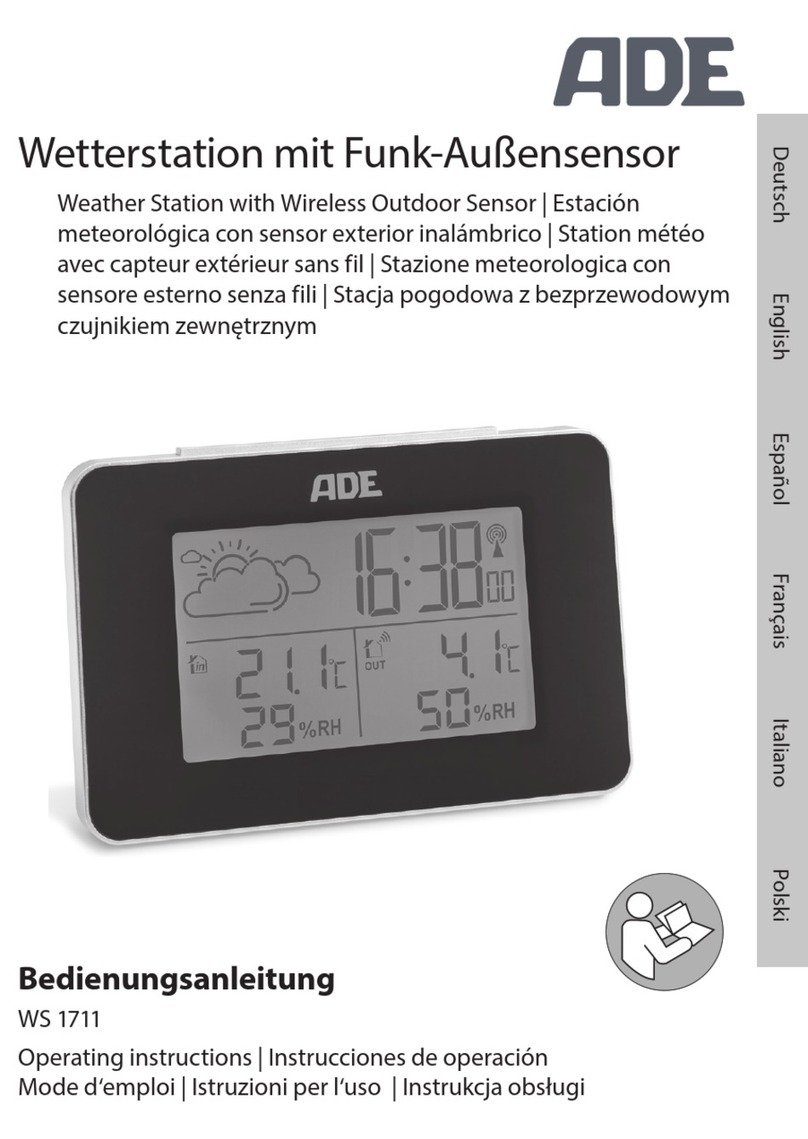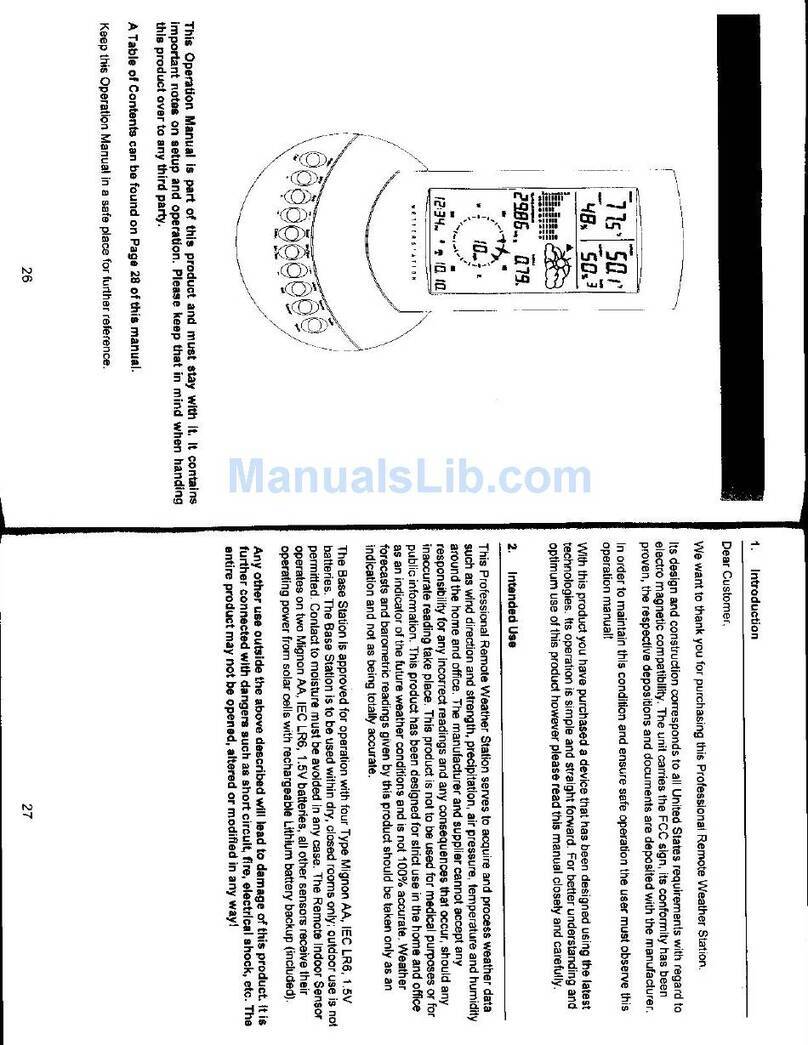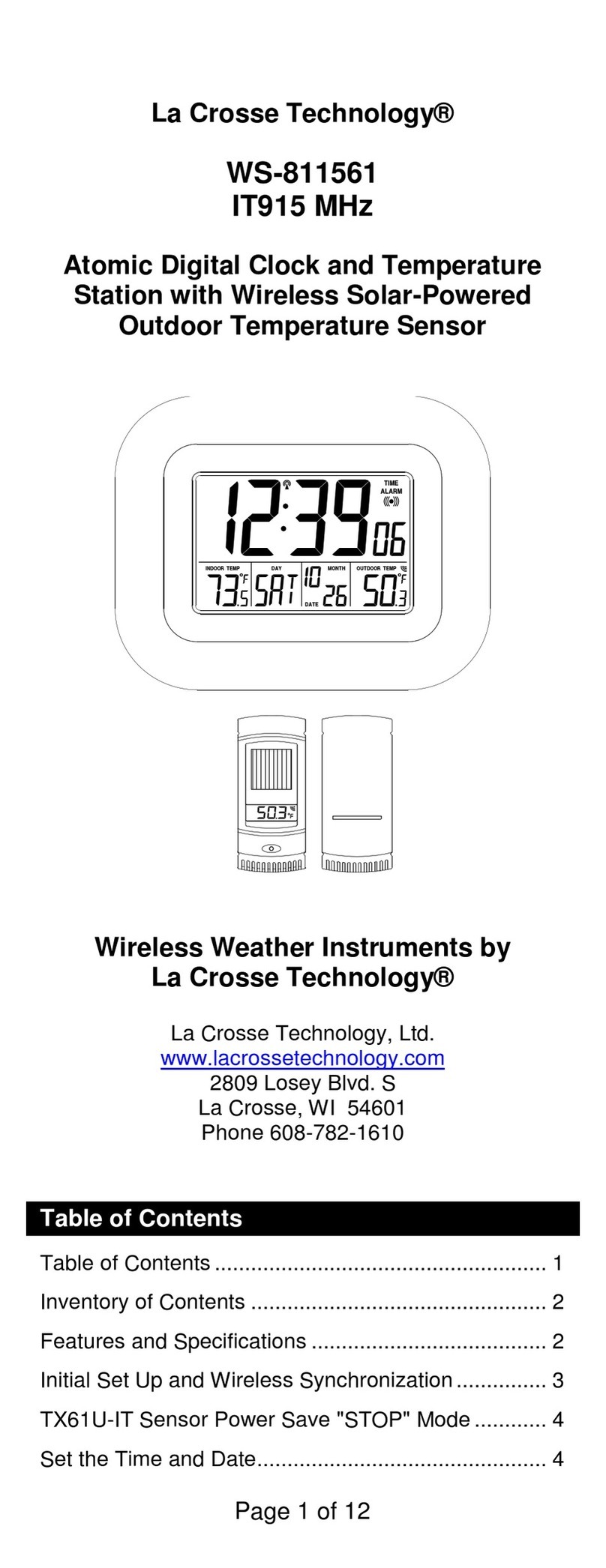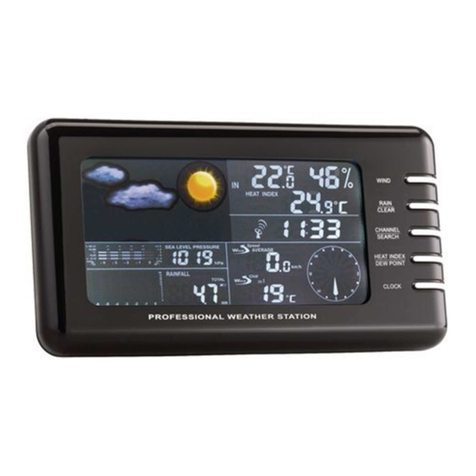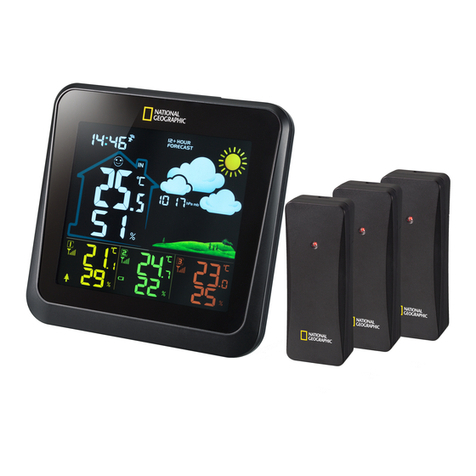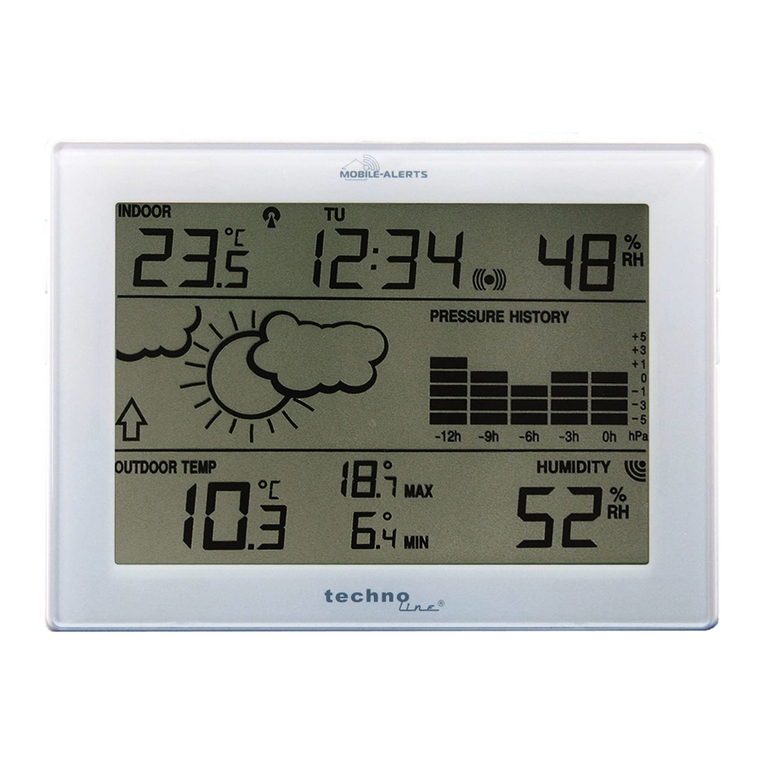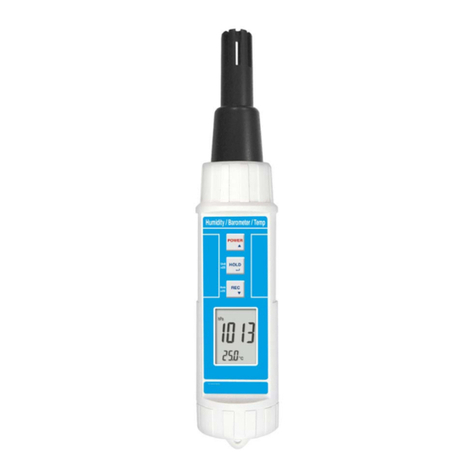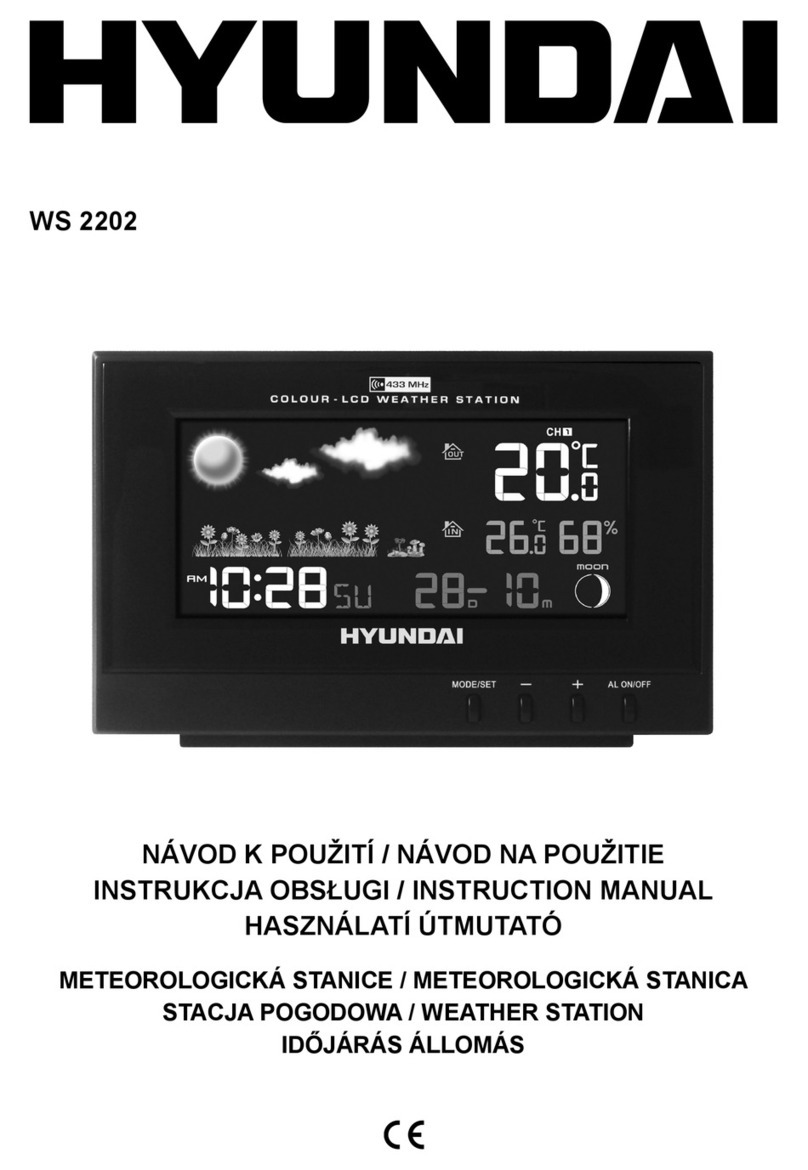
Weather Station Manual
AWS-WXN-60003.001 Version 1.0, Release 5 November 2004
- 4 -
Table of Contents
COPYRIGHT....................................................................................................2
DISCLAIMER ...................................................................................................3
INTRODUCTION.............................................................................................6
Weather Sensors Specifications........................................................ 6
TYPICAL WEATHER STATION INSTALLATION ............................................... 8
GETTING STARTED ........................................................................................9
SAFETY!.........................................................................................................9
FIRST THINGS...............................................................................................10
WEATHER STATION COMPONENTS.............................................................11
OUTDOOR COMPONENTS ............................................................................... 11
STANDARD OUTDOOR COMPONENTS ..................................................... 12
INDOOR COMPONENTS .................................................................................. 13
INDOOR COMPONENTS ........................................................................ 13
The Master Control Unit (MCU).............................................................................14
FRONT OF MASTER CONTROL UNIT (MCU) ............................................ 14
Digital Display (Optional) ......................................................................................15
THE DIGITAL DISPLAY .......................................................................... 15
COMPUTER CONNECTIONS..............................................................................15
INSTALLATION............................................................................................. 16
HARDWARE AND TOOL REQUIREMENTS ............................................................. 16
TOOLS REQUIRED..........................................................................................17
SITE EVALUATION.......................................................................................... 18
Finding the Best Location ......................................................................................18
SITE SELECTION OPTIONS..................................................................... 19
INSTALLING OUTDOOR COMPONENTS............................................................... 19
Installation of the Mast..........................................................................................20
TYPICAL BUILDING MOUNT................................................................... 21
TYPICAL WALL MOUNT BRACKET ........................................................... 22
Securing the Sensors to the Mast ...........................................................................23
Connecting the Weather Sensor Cables..................................................................24
CONNECTING CABLES TO THE TRH........................................................ 25
WIND SENSOR ORIENTATION ................................................................ 26
INSTALLING INDOOR COMPONENTS.................................................................. 28
Connecting the Indoor Weather Station Components..............................................28
FRONT AND REAR OF MASTER CONTROL UNIT (MCU).............................. 29
